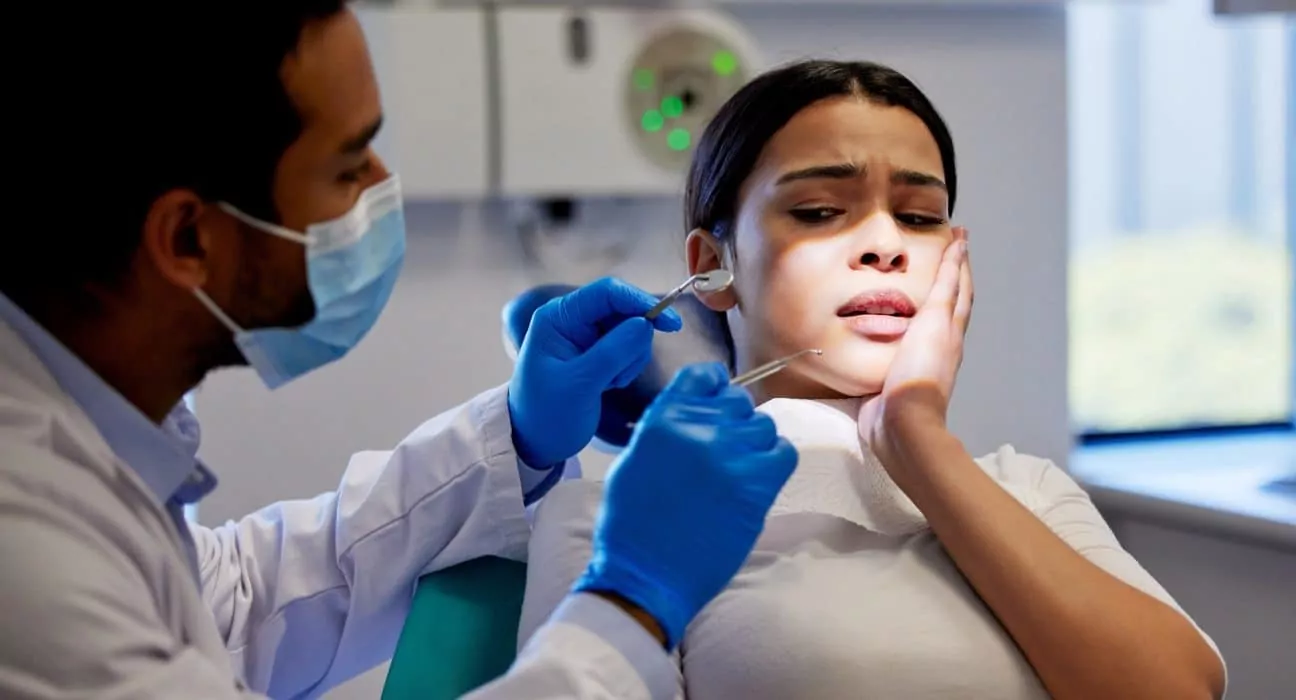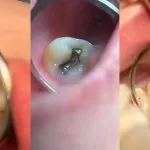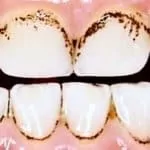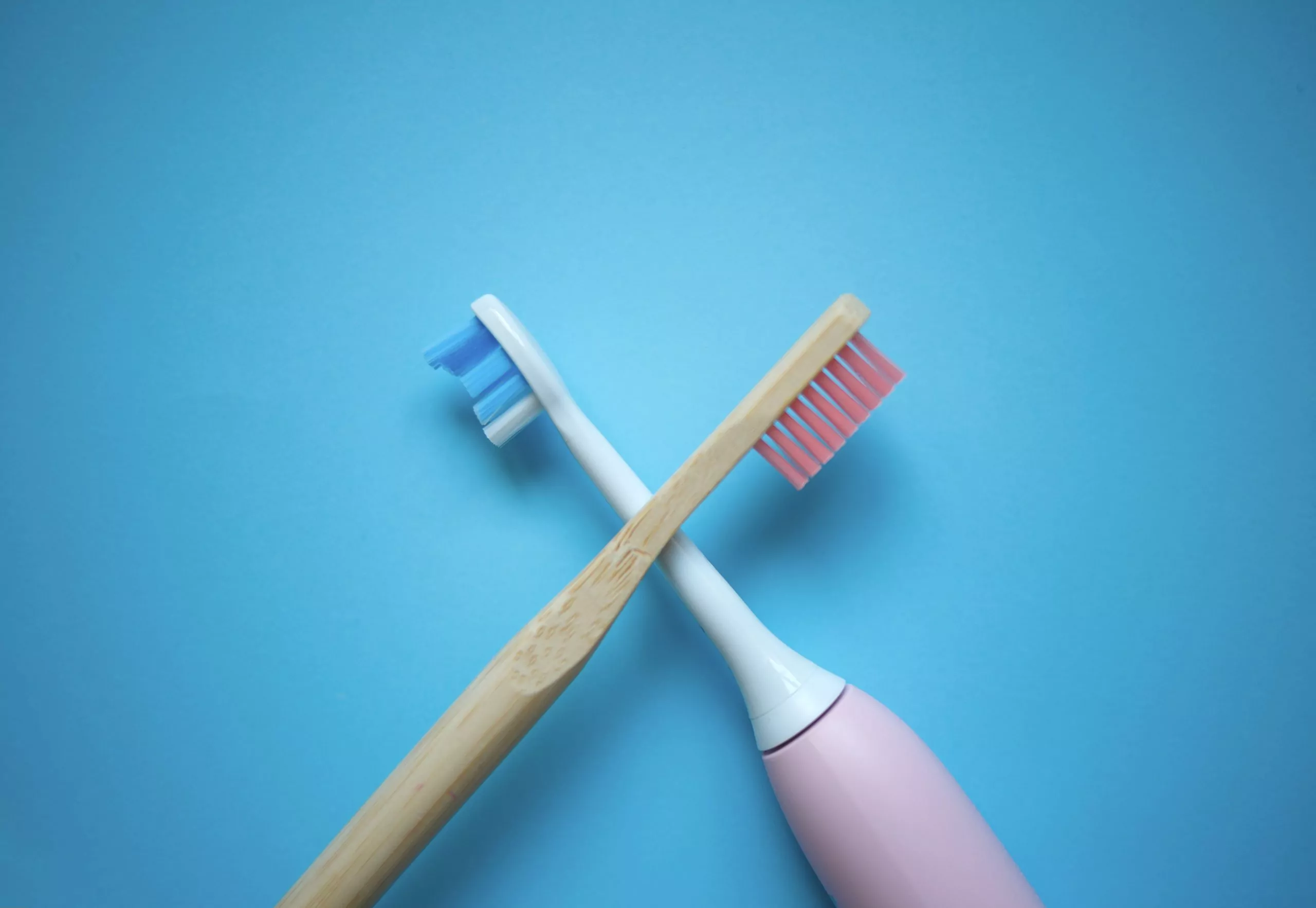The headline might evoke a flash back of nightmarish experience for some of you –a flash back in time when you felt like agony hit you with its powerful blow on your face leaving you feel utterly helpless with throbbing pain on the tooth or even whole jaw, radiating to your head temple, ear and neck. Perhaps you frantically googled for ‘’24 hours dentist in London’’, emergency dental care in your locality or emergency dental care hotline. You desperately searching How To Relieve Tooth Pain After Filling options.

I am not trying to emulate the scenario. But often is accompanied by sour emotional retributions towards the dentist you just visited for tooth filling not long ago. Dentist can be easily turned into a escape goat bearing brunt of frustration and anger. It would be unfair to keep dentist on other side of equation as there are many underlying causes for tooth pain after fillings. So lets delve deeper to explore broad spectrum of causes of tooth pain after filling.

Understanding post filling toothache:
Dentists are notoriously labeled as butchers, often are stigmatised as pain inducer. However in reality majority of dentists aim to avoid causing pain and strive to foster positive relationships with their patients. Steering clear of brewing any animosity or dislike. There might be various circumstances leading to botched up like in every other industries. Health service business are highly regulated and run under strict scrutiny .
The reasons for excruciating pain after dental fillings are:
- During dental procedures involving drilling and filling, the delicate nerve underneath the tooth can inadvertently face a barrage of stimuli: drilling action, temperature changes, water sprays, vibrations, and significant instrumentation. Encased within the tooth’s narrow chamber, surrounded by tough enamel and dentine, the nerve can become aggravated, triggering inflammation. This inflammation leads to a rush of blood and fluid into the confined space, causing pressure to mount with nowhere to escape. This double impact can result in intense, unbearable pain, akin to a scene from a horror movie where a victim feels trapped as the walls close in.
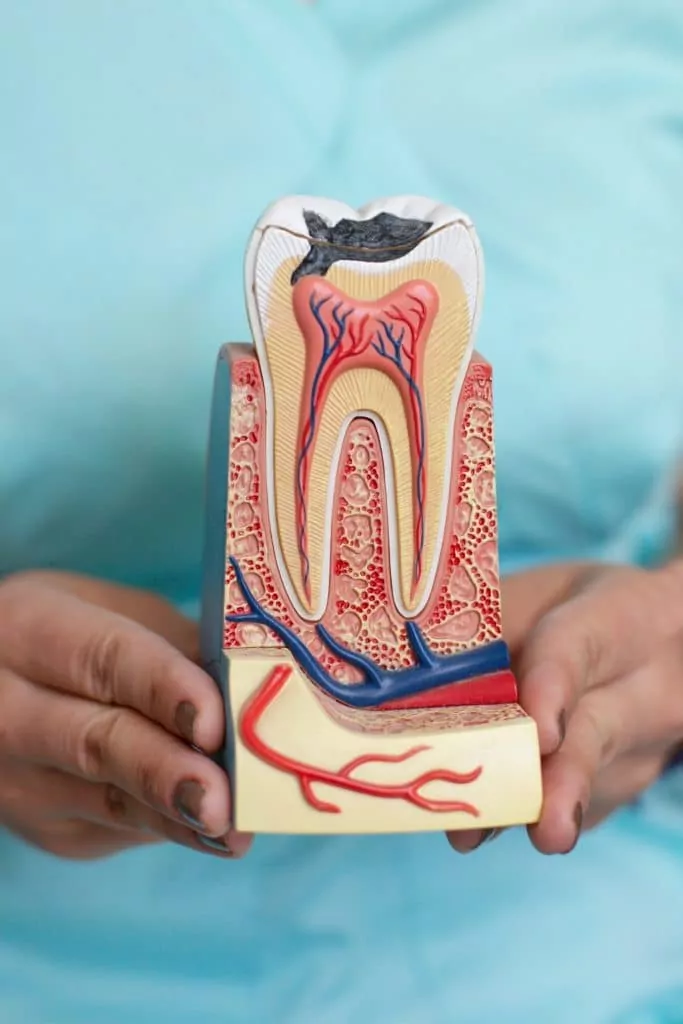
2. Deep filling
when nerve are too close to cavity surface with direct or indirect exposure to decay ,filling material, irritants or oral environment can gradually or abruptly cause pulp tissue to deteriorate. This can be reason for tooth pain after filling prompting a midnight search for a 24- hour dentist in London.
3. Diagnostic dilemma:
Despite the cutting-edge technology, extensive clinical expertise, and comprehensive knowledge, diagnosing tooth and nerve reaction can take unexpected ,unpredictable path. Each individual is unique and their body’s chemistry might not adhere strictly to textbook doctrines that leaves room for the possibility that a tooth might unexpectedly veer into a pathway of pain despite all efforts to prevent it.
4. Certain iatrogenic factors
Such as moisture contamination, micro contamination from tongue movement, trapped air bubbles, waft of breathing air, residual caries, incomplete or excessive removal of decaying tooth structure, as well as microfractures in the tooth or root are potential contributors to post filling tooth pain.
5. Inadequate contouring or over underfilling
A tooth can adversely impact a person’s bite alignment. This can cause the filled tooth to endure additional pressure during biting, resulting in manifested post filling tooth pain..
6. Within a tooth’s shell-like structure
Lies the nerve, susceptible to irritation during dental procedures, potentially leading to pain. The nerve’s response varies: it might recover or deteriorate depending on the extent of damage or its initial health. In certain cases, a nerve that was partially inactive might suddenly reawaken due to a dental procedure, causing acute exacerbation and intense pain and swelling, necessitating urgent dental care.
Relief from toothache after dental filling
It’s an emotionally challenging experience—you wait for days to secure a dental appointment, take time off, make the effort to reach the dentist for treatment, only to feel like you’re back at square one, this time with even more frustration. Here are some suggestions to How To Relieve Tooth Pain After Filling
- Common painkillers like NSAIDs (ibuprofen) and paracetamol are available over the counter and can provide relief, but it’s crucial to follow recommended dosages. Always consider your personal preferences and medical history. If you have concerns or underlying conditions like gastric issues, kidney problems, or allergies, consulting your GP is advisable before taking these medications..
2 Steer clear of extremely hot or cold foods and drinks as sudden temperature changes can trigger or exacerbate the pain. Opt for a softer diet to minimize discomfort and sensitivity. Refrain from excessive fiddling around the affected area and adopt a gentle approach while brushing and flossing to prevent aggravating the discomfort
3At times, using oral ointments, fluoride or desensitizing toothpaste, mouthwash, or warm saltwater rinses can help alleviate the pain. However, it’s advisable to schedule a follow-up appointment with your dental office for a review and further guidance
.
.
When to reach out emergency dental care:
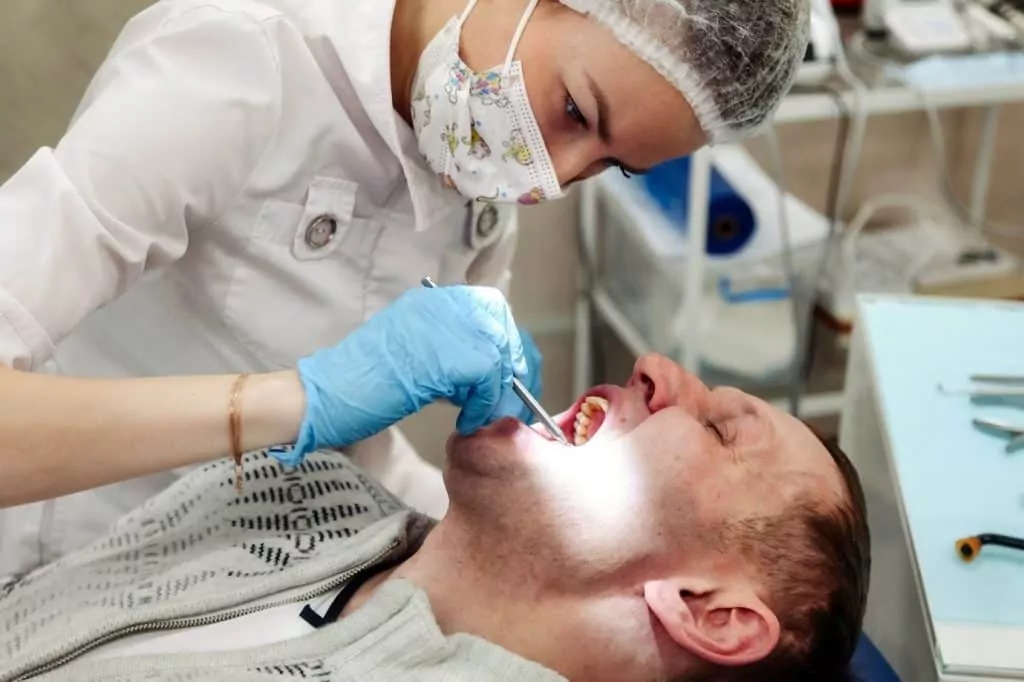
Trust your instincts—if the pain persists relentlessly, intensifies, or shoots up without any signs of subsiding, consider contacting emergency dental care or reaching out to a 24-hour dentist. When the nerve is irreversibly damaged and the pulp is infected, painkillers might prove ineffective. If the pain lasts for hours, disrupting your sleep, it could indicate that the nerve needs attention. Seeking emergency dental care for immediate treatment or revisiting your dentist becomes crucial in such cases.
Regarding dental abscess pain, a common occurrence post-treatment occurs when, overnight, your face swells after a filling. It’s distressing—difficulty in opening your mouth, parts of your face feeling stiff and uncomfortable. This swelling often stems from a tooth that has become necrotic and infected. The filling might inadvertently trap pressure inside, causing the spread of infectious bacterial toxins around the root area, swiftly moving through interstitial spaces around the cavity.



